Oil and its Contemporary Existence Through Consumerism
A reflection and essay
Written by: Olivia Smith
Shortened for length
The other day I was talking to an old friend, and made a comment about how detached we are from the things we buy, especially in New York, where sometimes I get the feeling the whole city is a store. He nodded, laughed a bit, and agreed by saying, “Yeah, things just tend to appear!” I think the most important traces of oil and fossil fuels lie in our ability not to think about how the things we need and want get to us, where it all comes from, and what it took to shape its commodity form.
Scholars of energy transitions have been keen to point out the impossibility of such transitions without wider political and cultural influence. The transition from water mill dominant industry to widespread, coal-powered steam engines, ushered in new possibilities for organized labor but also new forms of disenfranchisement in the “free market” for labor and expanded frontiers of peripheralized, imperial domination. Similarly, the mid-20th century transition to an oil-dominated energy regime ignited a narrative of “the American Way” (Huber, 29) and the linkage of success with increasing rates of material consumption. Together, these phenomena led to the proliferation of highly individualized lifestyles and political ideologies while bolstering the emerging American project to establish “soft” hegemonic world power. Considering the prevailing importance of oil in a contemporary American context — in addition to the significance that personal narratives hold in the development of social movements — it’s worthwhile to consider oil’s imprints on my own, everyday life and personal history.
As mundane as it may be, I think the most pronounced relationship I have to oil is through a distinctly American affinity for hyper consumption, and it’s easy to point to cultural values around financial stability and individualism to make this claim. These values have fostered a certain interpretation of freedom that is fixated on ownership; we operate under the implicit right to consume and the explicit right to own property, liberal ideals cemented into the very framework of the United States (Buck-Morss, 832). Contemporary American consumerism is a reflection of this, with the infrastructure of commodity buying lubricated by oil and fossil fuels, from point of extraction through production and distribution. We can express our freedom through choice of what to buy, which I think should be emphasized as distinct from a choice whether to buy or not.
After all, consumption would be a misnomer if we were not using up or otherwise exhausting use of what we purchase. (Commodity, unsurprisingly, has etymological origins in the Latin commoditās meaning convenience or advantage, but interestingly it has a secondary definition referring to timeliness.) If anything, New Yorkers in particular are more aware of what the back end of consumption looks like. The infamous mountains of hot garbage outside of residential buildings are a physical representation of fast consumerism, where the easier commodities are to acquire, the easier they become to throw away. In this sense, American consumer culture is also built on a desire for newness — a remarkable manifestation of idealized social advancement. We want to consume progress.
Ultimately, fossil fuels have managed to reinforce a particular sort of ease, which has generated an infrastructure of expectation in turn. The aspirations of a specific American success may no longer look universally like owning a family home and a car (or several) in the suburbs, but the desire to signal individualized success remains stifling. Fossil fuel’s ubiquity — not even within our cultural expression, but within the means by which we survive in the midst of imposed, zero-sum competition — makes me feel trapped under the simple and obvious fact that to live is to consume. At the level of an individual, this sensation is paralyzing. The popularized, market-based solutions are to price people out of polluting or to simply tell those who listen that they must consume less (read: live less). All of this tension points to collective action, which is not a new-fangled phenomenon of the twenty-first century, but a dynamic and dispersed set of semi-cohesive networks in their own cycles of momentum, success, burnout and systematic state and corporate sabotage. In the face of all of this, I wonder, what makes someone a powerful agent of change when struggles are reduced to the individual, and how can imaginaries be built to transcend the live less narrative?
Food Deserts
Malnutrition in 2023
Written by: Alejandro Pineda Catalan
As humanity takes leaps and bounds regarding technology, infrastructure, communication, and transportation, many individuals still struggle with obtaining foods that hold the proper nutrition required for the average human body. This may be a surprise to most who live in areas where grocery stores are minutes away from their homes. Grocery stores that hold fresh produce, baked goods, dairy, meats, and even pharmacies. Some take this for granted, while others cherish easy access to nutritious, fresh goods.
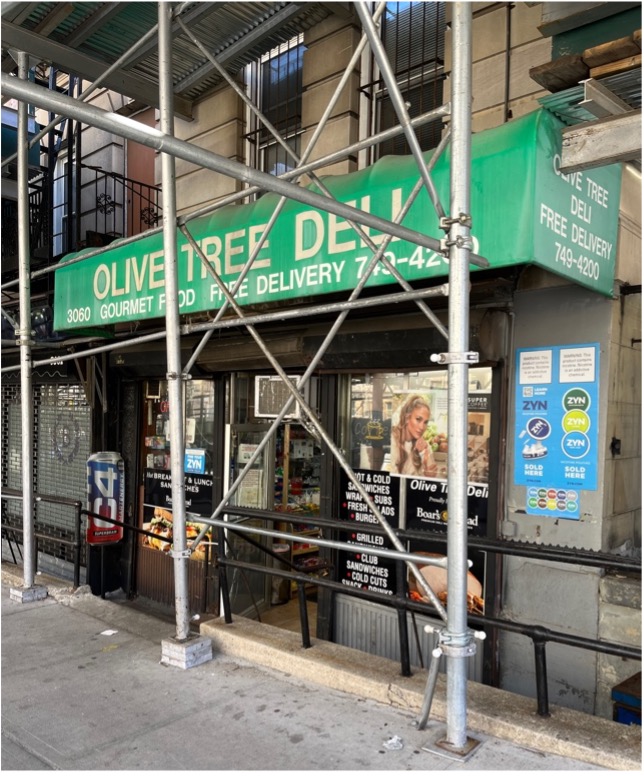
Delis, corner stores, and bodegas are often a common food source for many without access to proper grocery stores.
Rashawn Merchant/Earth ShinersAs stated in an article from the USDA, 53.6 million individuals, or 17.4 percent of the US population, live in low-access food desert areas. Many live in regions with limited access to healthful and affordable foods. This includes low-income individuals who travel far distances to find healthy food options. Various factors, including food insecurity, racial segregation, proximity to supermarkets, and access to transportation, cause food deserts. These discrepancies stem directly from zoning laws and housing. Evidence found that a lack of fresh produce can result in illness. Food deserts are associated with more individuals suffering from cardiovascular disease, diabetes, obesity, and other health and weight-

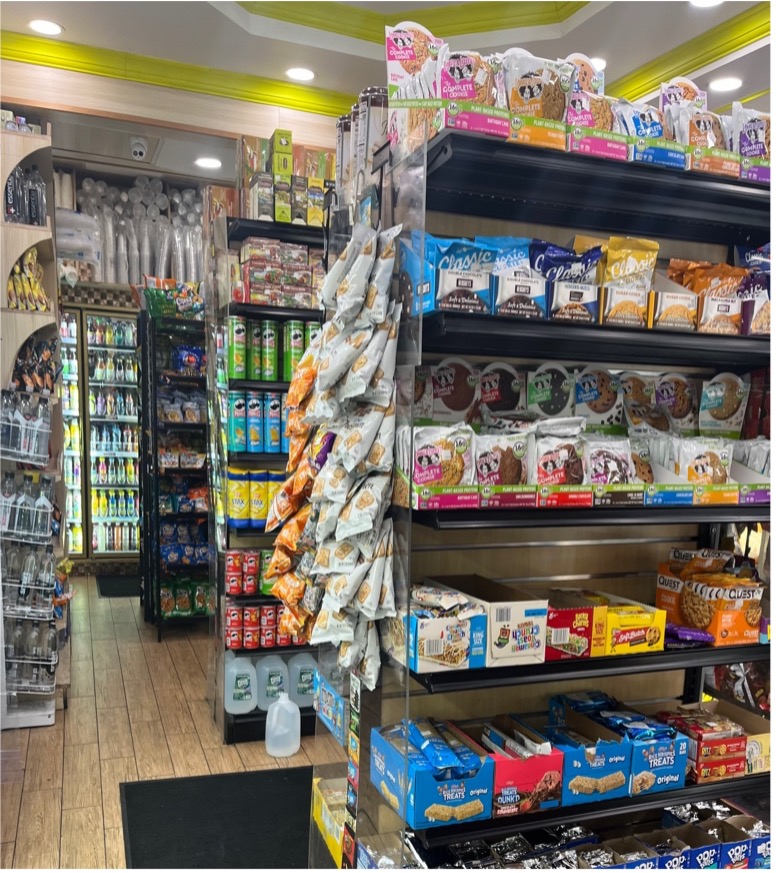
Rashawn Merchant/Earth Shiners
related conditions. Children are at greater risk since they need nutrients in certain foods that allow them to grow and prevail appropriately. Children trapped in these specific zip codes can again be victims of obesity, early hypertension, and high blood pressure, leading to type two diabetes. Not only does this raise concern, but it can be attributed to the upsurge in how unhealthy America has become. Attention must be brought to this issue to reduce health and social struggles within our communities.
Food deserts do not only occur in poor cities. Some of the most known and booming cities have an abundance of food deserts scattered all over. These cities include Atlanta, New York City, Detroit, Chicago, and even sunny California with San Francisco. It is such a broad, nationwide issue hidden in plain sight, which makes it more worrisome to those who pay close attention to how to combat this issue. There are attempts at solutions to this controversy as the federal government is taking action to fight against the growing concerns of food deserts. Welfare programs ensure the right to a well-balanced diet and reduced prices. Programs include SNAP, known as food stamps, which are the most used today and provide a monthly amount to families in need. WIC is also a popular option for women, infants, and children. This federal assistance program holds healthcare referrals, nutrition education, and children’s health care and wellness until age five. While there was an increase of 21% in benefits from programs such as the ones spoken about, we are still seeing a rise in obesity, malnutrition, and other weight and health-related illnesses.
The question is whether the government is doing enough to help those in need. There need to be community leaders who want change. Change comes when leaders are hands-on and create their solutions. Food banks, community gardens, the building of local food markets, and additional food programs that local restaurants can contribute are possibilities. Food justice is easier said than done, and it will take great efforts to create and see a shift in what we now know as food deserts.
Top 5 Manhattan Parks
Written by: Rashawn Merchant

Nature is an essential part of our livelihoods. Humans depend on nature to feed us, give us breath, and support our daily wants and needs. When living in a city, disregarding our dependence on nature is often straightforward. Our materials come readily available, and a second thought on how the environment played a part is often needed. This disconnect has dramatically contributed to the ever-growing crisis of climate change. As more of us becomes separated from natural resources, it’s easy to forget how and why we should take more consideration in preservation. Through this highlight of Manhattan’s top 5 parks, there’ll be a showcasing of the best places to enjoy the outdoors in this urban landscape.
Number 5: Inwood Hill Park
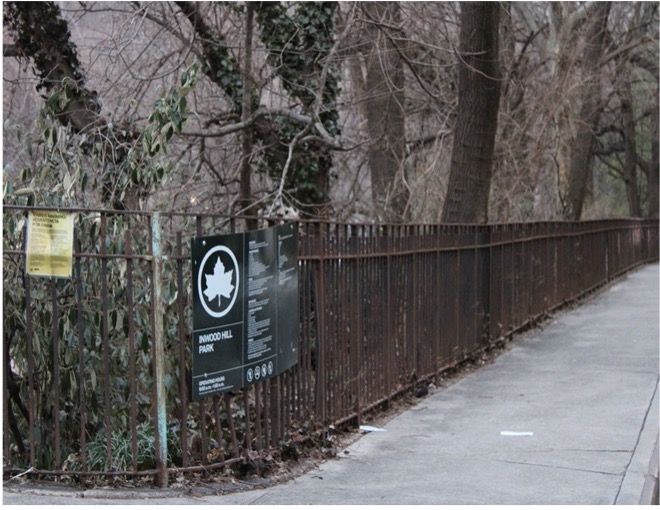

Situated in Manhattan’s northern most point is Inwood Hill Park. This park is considered one of the island’s most historic and culturally important outdoor areas. The park was home to native tribes pre-17th and 18th centuries when the Wecquaesgeek relied on the area for food and shelter. A prominent feature of the park is that it is a largely untouched wooded area near Columbia University’s athletic facilities, the Hudson River, and New York’s Inwood neighborhood. The neighborhood is very scenic as the park sits on Manhattan’s highest elevation.
Number 4: Washington Square Park
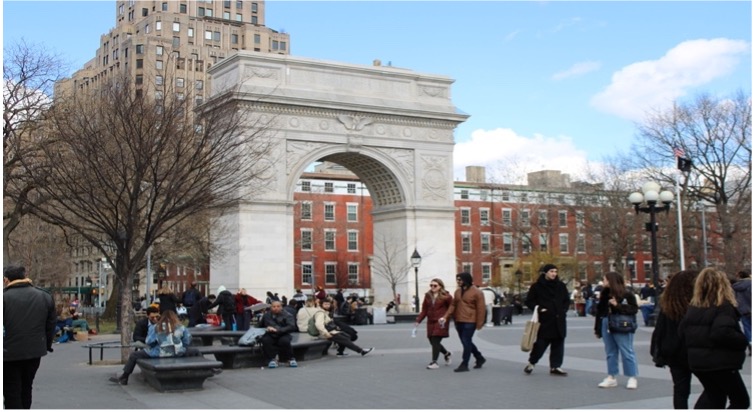
Rashawn Merchant/Earth Shiners
Some describe Washington Square Park as a video game lobby. This is due to the vast array of diverse people seemingly involved in anything you can think of. Dancers, stoners, artists, and businesspeople all occupy the park in complete harmony, so it’s certainly one for everyone to feel comfortable. Located in New York’s Greenwich Village, the park is neatly tucked along NYU’s campus. You’ll find abundant food and high-end boutiques, giving you that lavish New York feel.
Number 3: Riverbank State Park
While this is the only state-designated park on the list, it deserves an honorable mention. Located along the west side of Harlem, Riverbank is famous for its recreational facilities. Inside the park, you’ll find a running track surrounding a full-sized sports field. Also included is a multitude of basketball, tennis, and handball courts. Furthermore, there’s an indoor swimming pool and a roller- or ice-skating rink, depending on the time of year you decide to visit. The name Riverbank sticks because it is located directly along the Hudson River. An interesting fact about the park is that it was built on top of a sewage waste facility following controversial city planning. However, the park offers one of the most beautiful views of the George Washington Bridge and is surely fun for the whole family.
Number 2: St. Nicholas Park
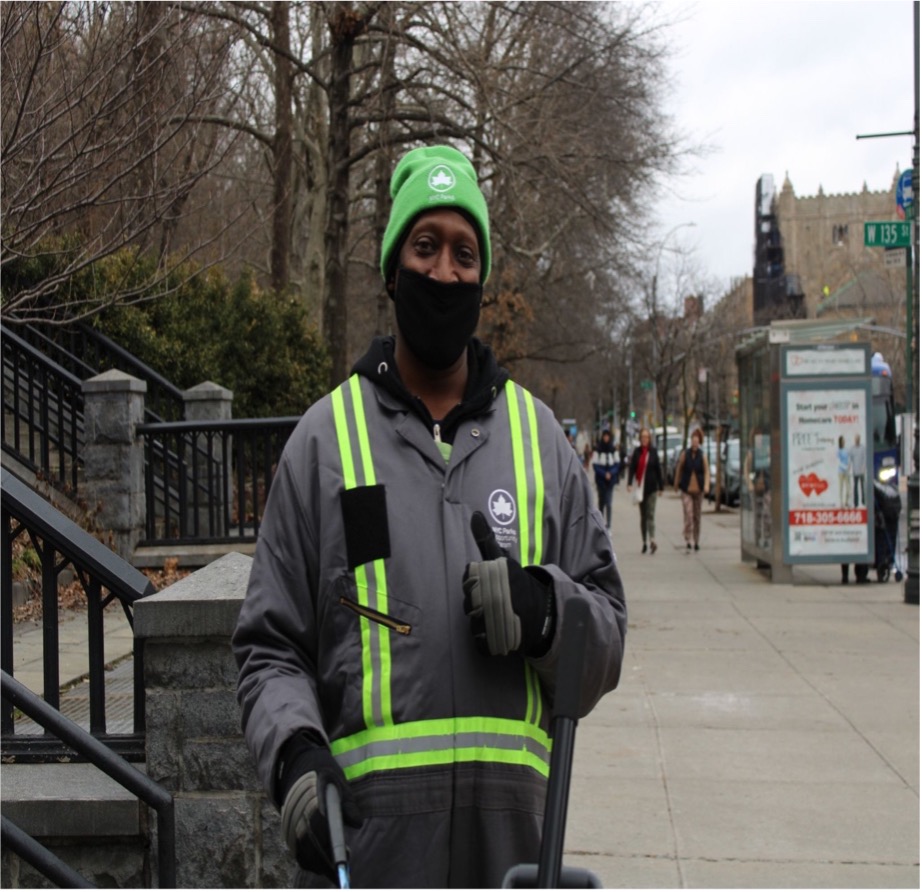
Rashawn Merchant/Earth Shiners
St. Nicholas Park is one of Harlem’s most prominent parks. Between 128th and 141st street, it is centrally located in the neighborhood’s northern part. The park is calming, with elevated trails that provide views of the culturally rich area. Above the park sits the City University of New York and contains Alexander Hamilton’s home. The park is especially easy to get to as it connects the A, B, C, and D train lines.
Number 1: Central Park
Last but certainly not least, Central Park. As much as I refuted placing it within the number 1 spot, it had to be. Central Park signifies all that is important to Manhattan. It is located in the mass center of the island and serves as the regional border to almost every sector of the city. This means that all people and all things converge onto the park. Central Park is globally known and has influenced urban outdoor designs nationwide. Every year the park welcomes 42 million visitors, and New York City would not be the same without it.

Atlanta Brunch Festival
Written by: Rashawn Merchant
Food and the South are synonymous, and Atlanta is no stranger. For two Saturdays in March, the Atlanta Brunch Festival took place in downtown’s Atlantic Station. Atlanta natives were able to enjoy unlimited mimosas and a never-ending array of local food delicacies as food trucks lined the perimeter of the event. It was certainly the place to be in March as friends and family from all over gathered and enjoyed the early Spring weather.





Rashawn Merchant/Earth Shiners
Atlanta’s Cop City
Written by: Rashawn Merchant
Upon my return flight to New York, I couldn’t help but notice something that stuck with me. The skies were gray, and through the descent of the thick atmosphere, I noticed a sort of gloom that overcame me once the plane reached above the cityscape. For miles and miles, I could see nothing but buildings stacked near each other in the Queens suburbs, and the city felt cold. With Manhattan’s skyline in the distance, something was missing. Where were all the trees?
I was arriving in New York from Atlanta during an eventful month for the city. Atlanta has been dealing with a series of protests in what has been dubbed “Cop City.” The protests have garnered global attention, especially following the death of one of the many proclaimed activists fighting to stop the construction of the city’s new plans to build a fortified center to train police officers. Opposing groups called the killing unjust and have furthered their efforts to stop the city’s plans.
Let’s start from the beginning of this proposed development and explain why there is opposition.
“Cop City” is the name of the proposed training center in South Atlanta, Georgia. The site’s official name is the South River Forest Public Safety Training Center. According to the Atlanta Police Foundation, “the training center will reimagine law enforcement training and police/fire rescue community engagement.” The project will cost 90 million dollars and utilize roughly 260 acres of forest space. The training facility will include a center for police conferences and classrooms, a shooting range, a mock city, and green areas for horses and k-9 facilities. The Atlanta Police Foundation will predominantly fund the training site, first authorized by former Atlanta Mayor Kiesha Lance Bottoms, and continued by current Mayor Andre Dickens.
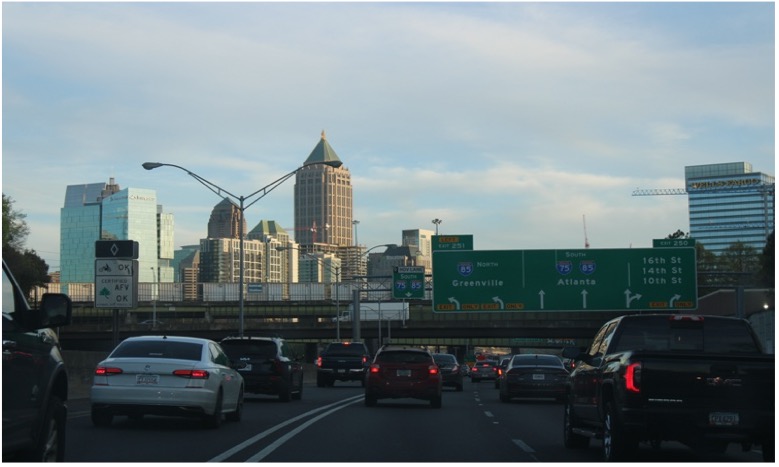
Rashawn Merchant/Earth Shiners
The two most significant claims against the construction of Cop City are the potential for police militarization and environmental injustice. Activist groups such as ‘Stop Cop City’ feel the project will threaten the lives of marginalized people. Atlanta itself is a majority Black and Brown city. Following decades of civil and social rights advocacy work, activists have long seen police groups as threats to social well-being. Black and Brown people get arrested at systemically higher rates, and with many instances, such as 2020’s death of George Floyd, there is an understandable fear towards policing systems. Allowing police to access additional funding will appear to many as the opportunity for the police to gain strength and further commit civil burdens.
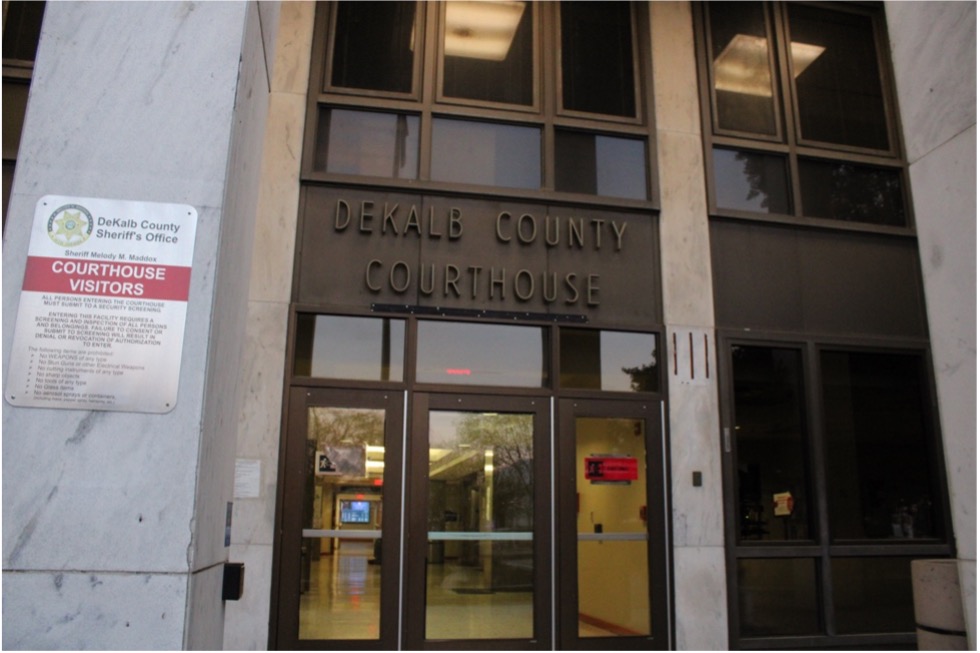
Rashawn Merchant/Earth Shiners
Stop Cop City said in a statement, “their protest comes as leveling the playing field and preventing future violence by disabling the economic machine of the Atlanta Police Foundation.” Their and other organizations’ protest gained unique attention as protester Manuel Esteban Paez Terán, was killed during a campground raid. Police officials say the shots were fired from protesters when officers returned fire, killing Terán.
These ongoing protests have led to the arrest of nearly 30 people, including citizens from France and Canada. The charges carried over include domestic terrorism. Georgia Governor Brian Kemp declared a state of emergency after protests began firing commercial-grade fireworks and Molotov cocktails at construction equipment and site security.
Environmentalism has a part to play in developing the South River training center. Tying into its name, the center will be built within Atlanta’ South River Forest. The forest is one of the densest foliage areas within the city and contributes significantly to the town’s nature. Forests generally clean air and provide habitat to animals and migrating bird species. The New Republic states forests and trees are suitable for human psychological well-being and are often promoted throughout the city. Three hundred acres of proposed deforestation are quite a lot considering urban areas seemingly lack green spaces nowadays. The Georgia Forestry Commission confirms that forests in Atlanta remove about 19 million pounds of pollutants annually.
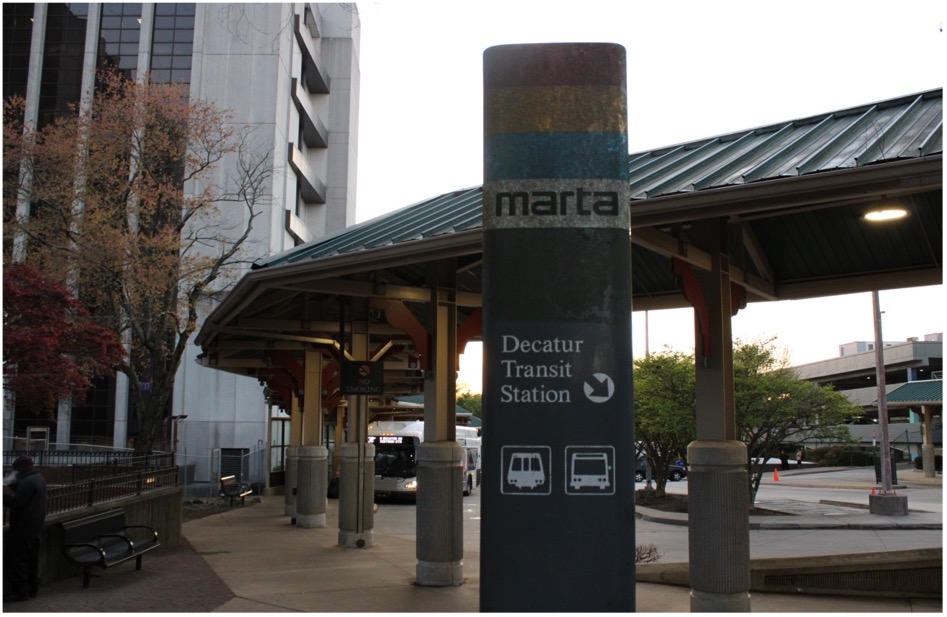
Rashawn Merchant/Earth Shiners
During ongoing climate change, many argue these plans will contribute to the further detriment of the atmosphere. This money spent could improve city resources such as healthcare, housing, and transportation. The debate around Cop City will continue as the phase 1 opening is scheduled for later in 2023.
Thanks for Reading!
Earthshiners@earthshinersmagazine.com
Copyright 2023 Earth Shiners Creative LLC
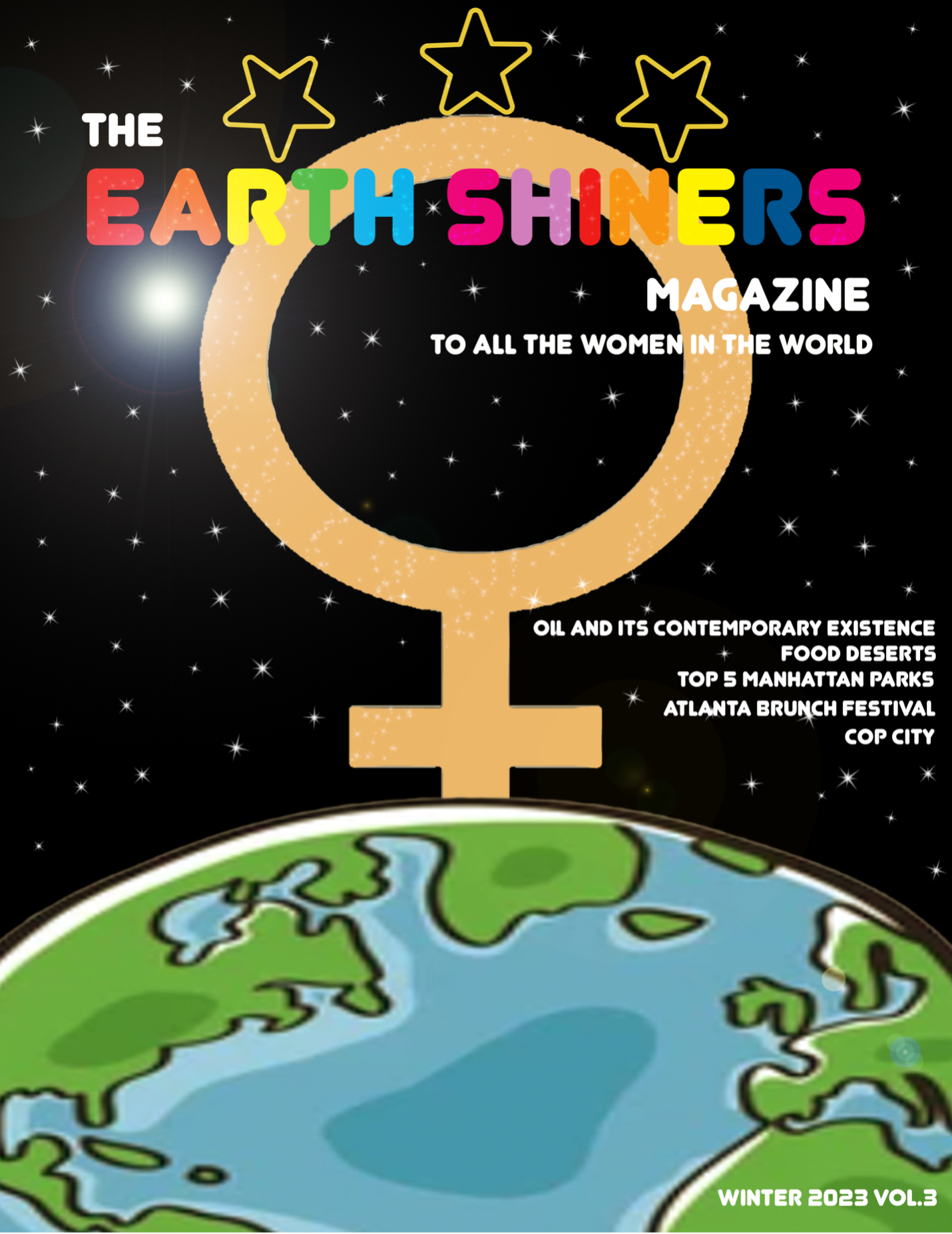
Leave a Reply